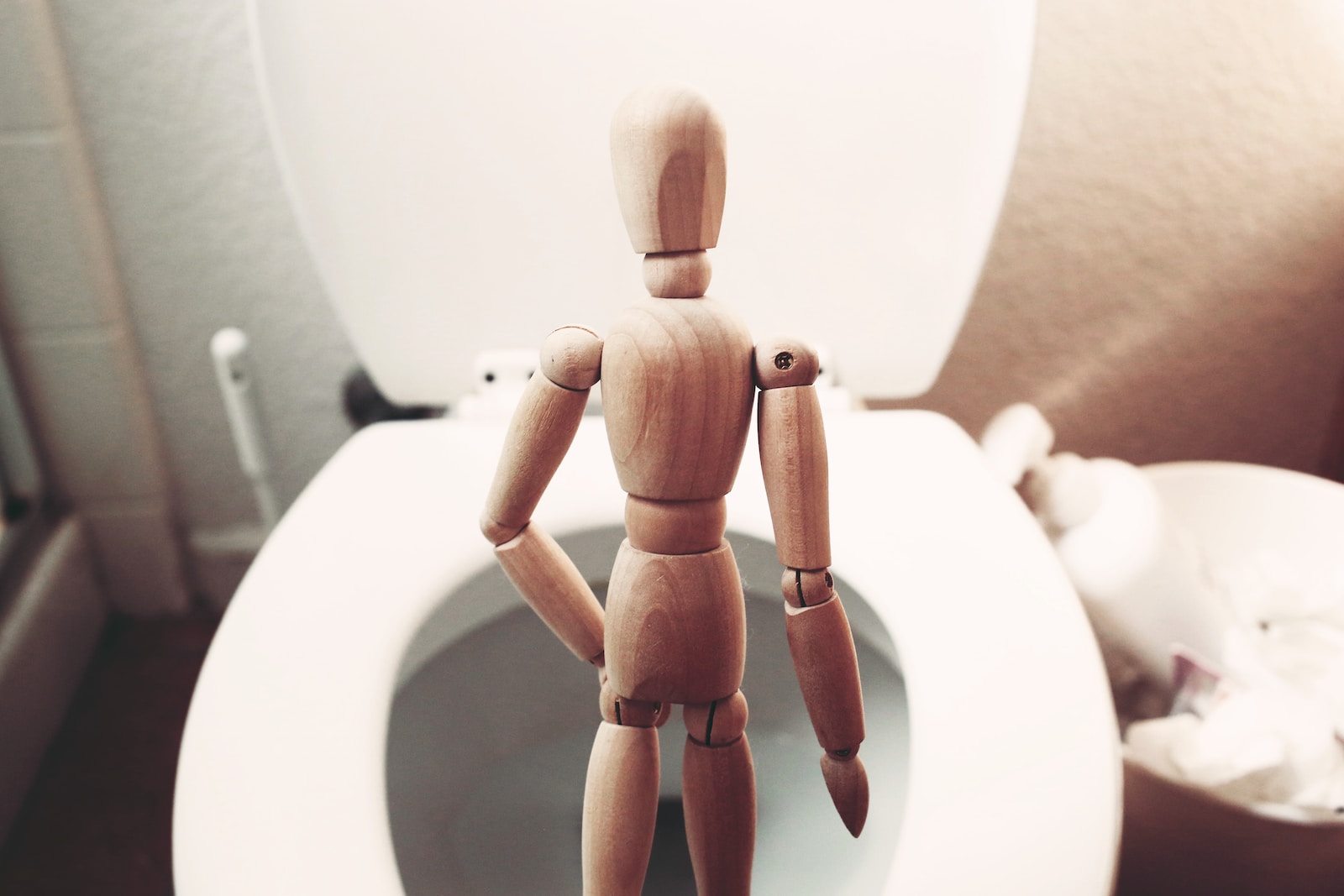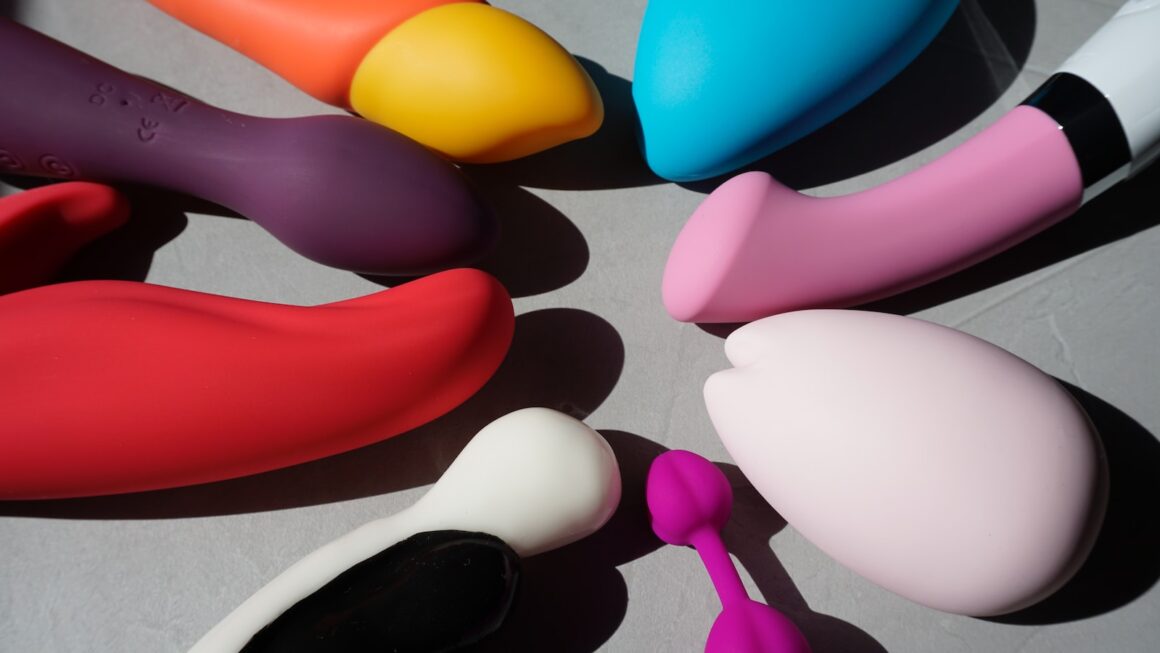Women who feel the urge to pee during orgasm don’t have anything to be ashamed of. But those who routinely urinate during orgasms may need to consult with a sex-positive therapist to find safe ways to fulfill this urge that don’t risk a urinary tract infection or damage their pelvic floor muscles.
Why Do I Feel Like I Need to Pee?
Feeling like you have to pee during sex is a thing that some people experience, and it can be super distracting and annoying. Especially when you are already turned on and things are heating up. It can also interrupt the flow and delay the climax because you have to stop to pee before you can continue. The good news is, feeling like you have to pee during sex orgasms is actually pretty normal for women and those who have vaginas and penises.
The feeling can be caused by the fact that the bladder sits right behind the vulva and during penetrative sex, it is possible for the penis to put pressure on the bladder which then makes you feel as though you have to pee. It can also be caused by stimulation inside of the vagina from fingers, sex toys or a penis which then gives you the sensation that you need to pee.
If you are experiencing the urge to pee during orgasms regularly, it is worth having a pelvic floor physical therapy session to check your strength and flexibility of the pelvic muscles. This can help prevent peeing during orgasms and other sexual experiences in the future.
If you are finding that the feeling of needing to pee during orgasms is making you pause your sexual encounters, try using lubrication and changing positions to see if this helps you to get back into the groove.
The Vaginal Cavity
During sexual arousal, your pelvic muscles can cause spasms that increase pressure on your bladder. This can lead to urine leakage, or orgasmic urinary incontinence. This is a condition that affects 25 million Americans, and it’s more common in women.
The vagina is a muscular, expandable canal that connects the uterus and cervix on the inside with the outside of the body. It allows menstrual blood to leave the body, for intercourse to occur, and for a child to be born. It has a mucous membrane and nerves on its inside and is covered with muscle on the outside. The g-spot, which many sex experts recommend stimulating to get a squirt orgasm, is located on the anterior wall of the vagina. Putting pressure on this area can also stimulate your bladder, which may make you feel like you need to pee.
The urethral opening is at the top of your vulva, and it leads to the tube that carries urine out of the body. The clitoris is located about a finger width above the urethral opening. It’s easy to see why you may get confused about whether you are urinating or squirting during sexual arousal, and that’s okay. Sometimes it takes a little practice to distinguish one from the other. However, if you’re a woman who experiences urine leakage during orgasms on a regular basis, then you should consult your doctor about the issue.
The Bladder
The bladder is a hollow, muscular, balloon-shaped organ that sits in the pelvis between your hip bones. It acts like a reservoir and can hold about 1.5 to 2 cups of urine. Urine is emptied from the bladder through the urethra. When the muscles in your bladder contract and squeeze out the urine, it is known as urination.
During orgasms, you may experience an increased pressure on the bladder from the muscles of the pelvic floor. This can cause you to feel as if you need to pee, but in reality, your bladder is still empty and you are not actually going to urinate during orgasms.
The inside of your bladder has three layers. The innermost layer is called the epithelium. Next is the lamina propria, which consists of fibrous connective tissue and muscle. Wrapped around the muscularis propria is a layer of thick, smooth muscles called the detrusor muscle. Contraction of this muscle pushes urine out of the bladder through the urethra.
There is also a triangular area in the floor of the bladder, which contains two openings from the ureters and the apex of the bladder. The clitoris is located right above these openings and is the focus of sexual pleasure for women. Many women who feel they need to pee during sex are suffering from coital urinary incontinence, a condition that can be caused by underactive pelvic floor muscles and can also be a symptom of certain health conditions.
The Pelvic Floor
During penetration, the penis can put pressure on your bladder, which can confuse the signals coming from down there and make you feel like you need to pee. Or, if you’re on top or in a rear-facing sex position, it may feel like you have to pee because the friction from your genitalia is squirting all over the place (which is totally normal).
The pelvic floor muscles span the bottom of your pelvis. They are a funnel-shaped structure that connects to the walls of the lesser pelvis (the part of your body that includes the vagina and the rectum in females) and the perineal region inferiorly (the area that contains the anus and the urethra in males). The urethra is connected to the bottom of the bladder through a hole called the urogenital hiatus or rectal hiatus, which is centrally located and allows passage of the urethra and the anal canal.
The pelvic floor muscles are important because they support the bladder, rectum and anus during sexual activity, and help you maintain control of your urine. They also protect the vulva from injury, and can prevent urinary incontinence and back pain. In fact, Kegel exercises are often recommended during and after pregnancy to strengthen the pelvic floor muscles. But they’re also important for men and women who have health problems that affect the pelvic floor, such as a prolapsed uterus or sacroiliitis.




